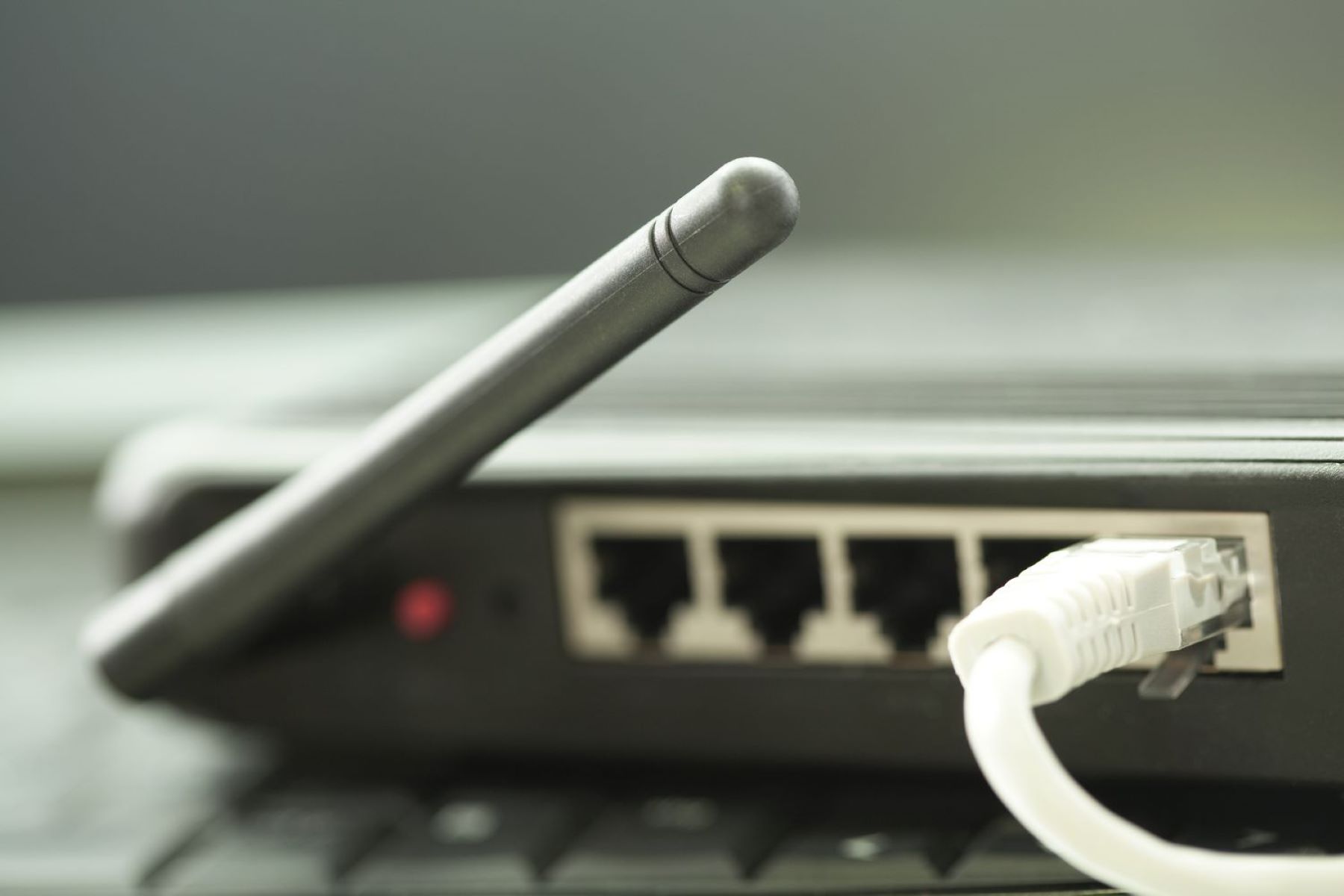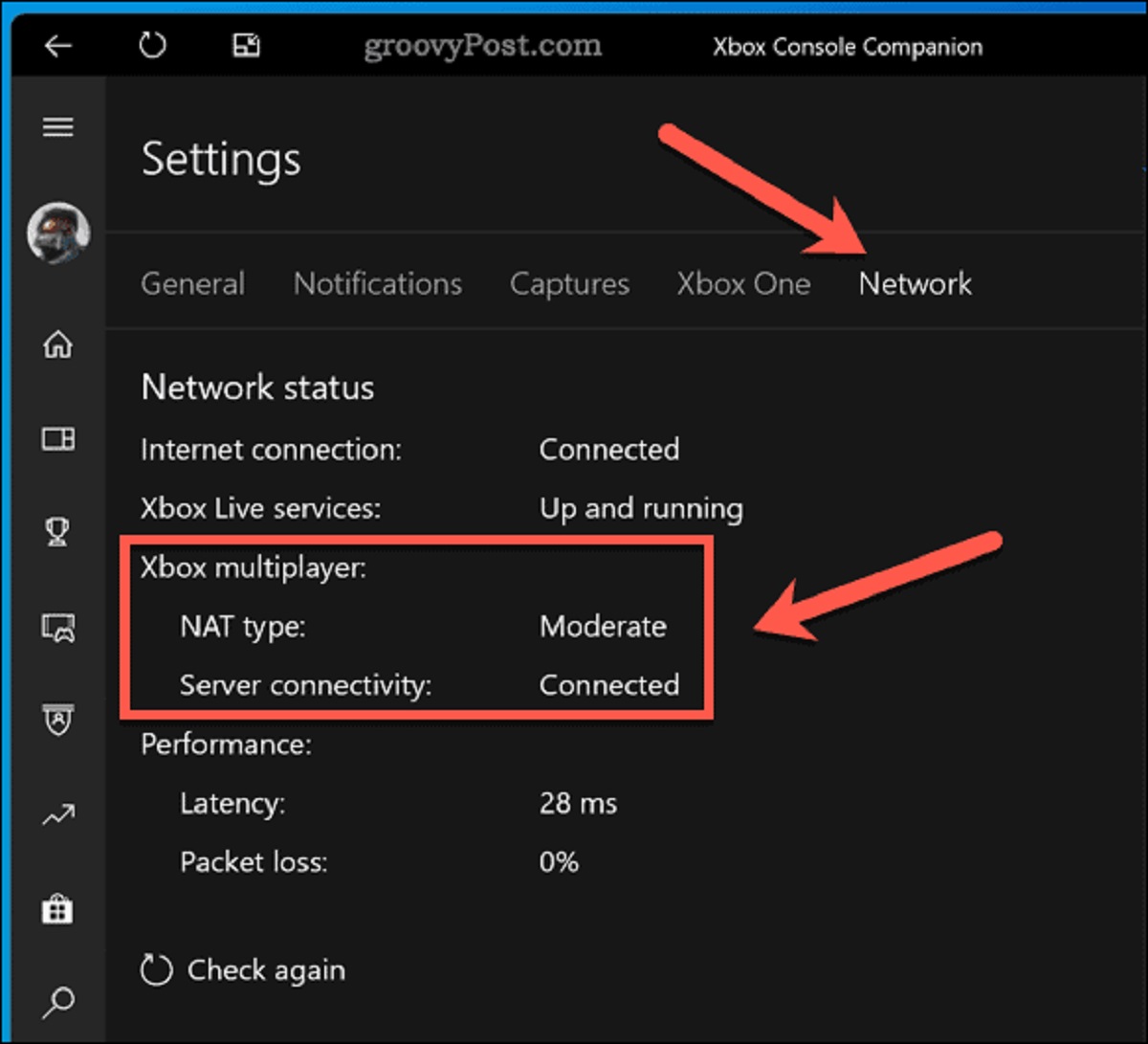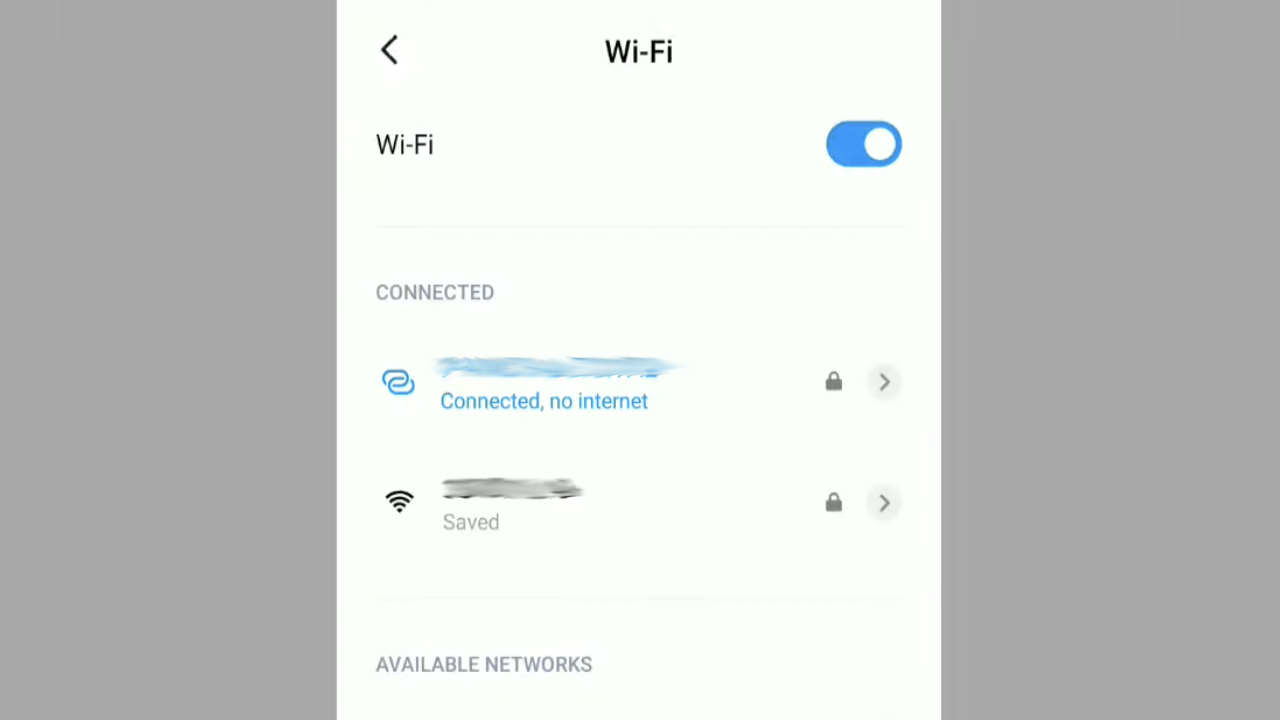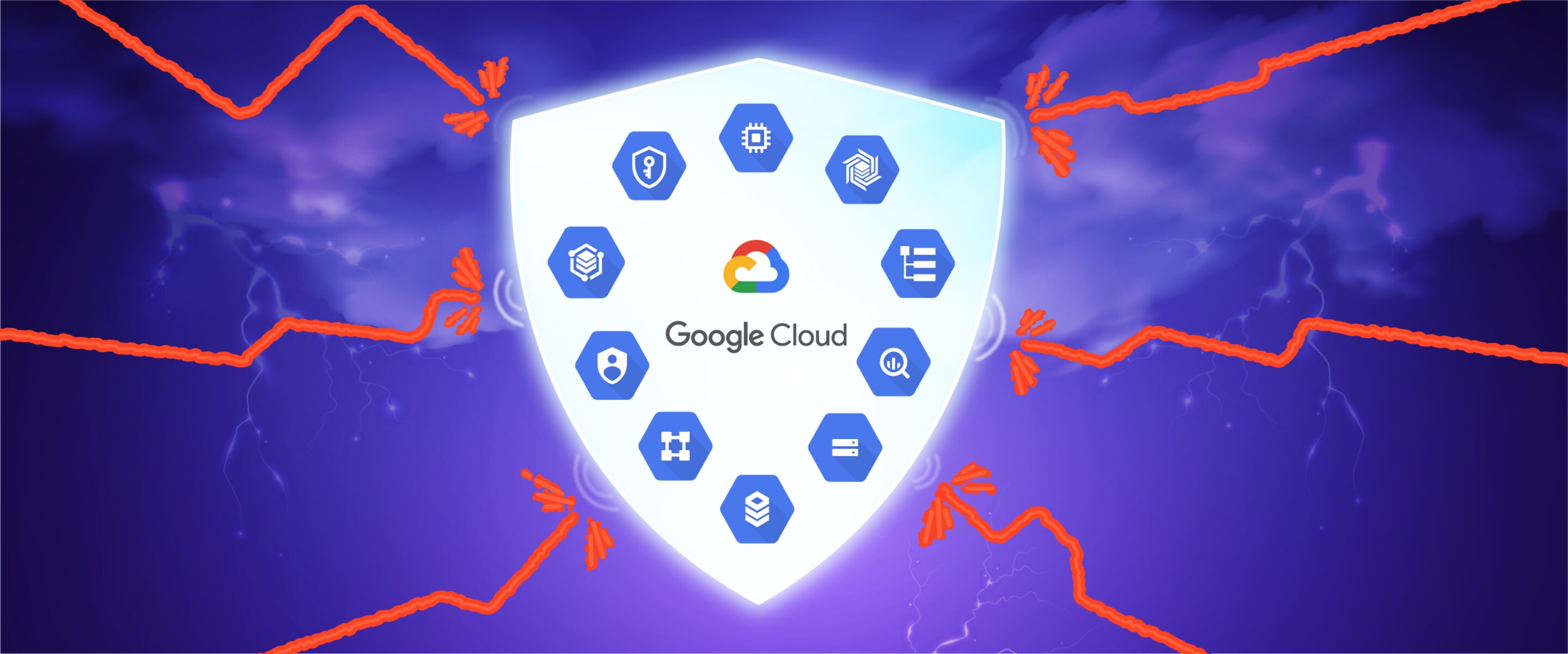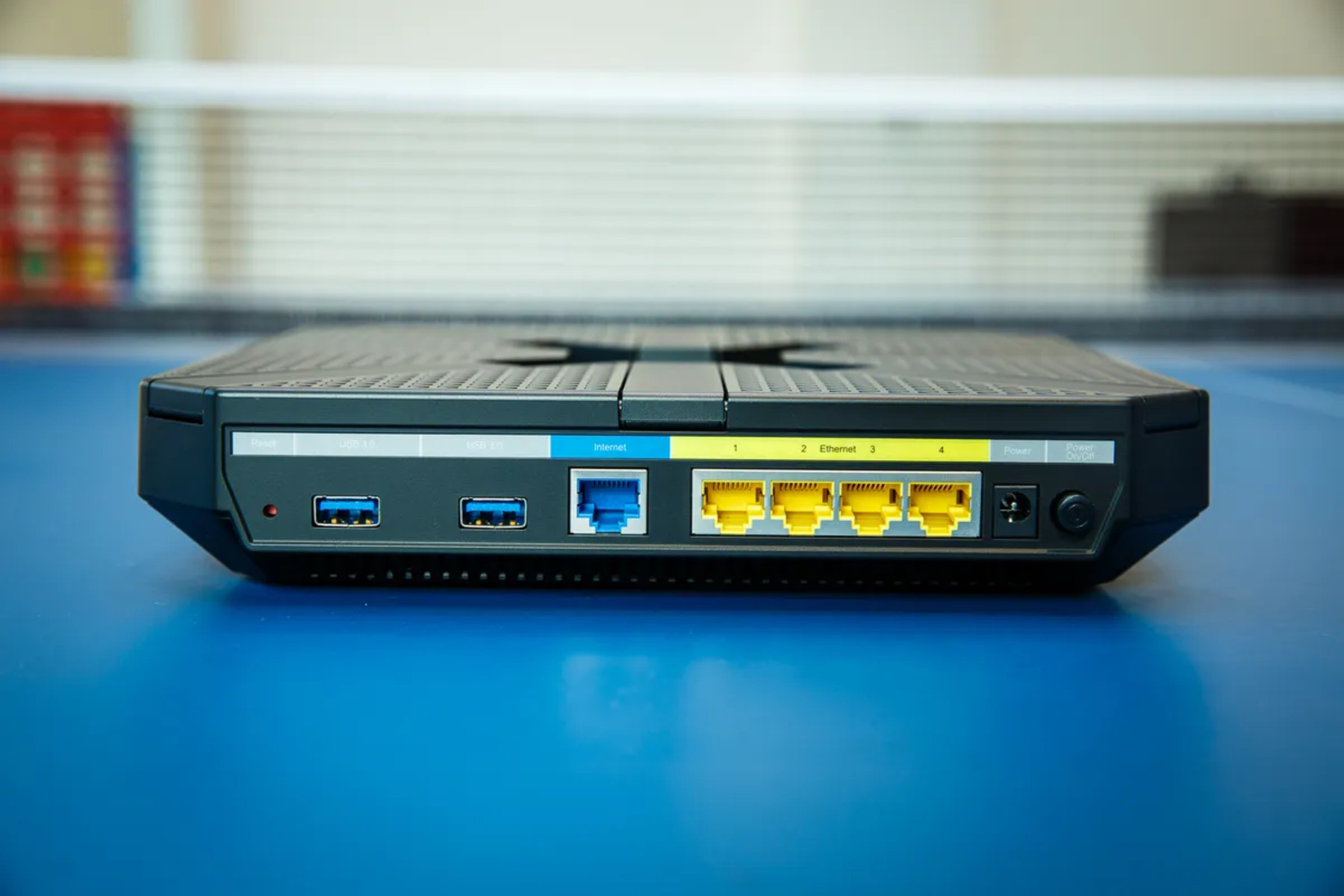Introduction
In today’s digital age, connectivity and security are of paramount importance for businesses and individuals alike. With the rapid evolution of technology, virtual private clouds (VPCs) have emerged as a popular solution for managing networks and ensuring data privacy. At the heart of a VPC are routers and firewalls, which play vital roles in establishing and safeguarding the network infrastructure.
A VPC, or virtual private cloud, is a virtual network environment within a public cloud platform, such as Amazon Web Services (AWS) or Microsoft Azure. It enables users to create isolated virtual networks with customizable settings, providing a secure and controlled environment for running applications and storing data.
A router is a networking device that forwards data packets between networks. In the context of a VPC, routers act as gateways, facilitating communication between the VPC and other external networks, such as the internet or an on-premises network. They are responsible for routing traffic to and from the appropriate destinations within the VPC, ensuring efficient data transmission.
A firewall, on the other hand, is a security device or software that controls the incoming and outgoing network traffic based on predefined security rules. In a VPC, firewalls are primarily used to protect the VPC resources from unauthorized access, viruses, malware, and other potential threats. They monitor and filter network traffic, blocking any suspicious or unauthorized communication attempts.
Now that we have an overview of what VPCs, routers, and firewalls are, let’s delve deeper into how they work within the context of a VPC environment. Understanding their functionalities and roles will help us appreciate the significance of these components in ensuring network efficiency and security.
What is VPC?
A Virtual Private Cloud (VPC) is a secure and isolated virtual network environment within a public cloud platform. It allows businesses and individuals to create virtual networks with customizable settings, providing a private space for running applications and storing data in the cloud.
With a VPC, users have full control over their networking resources, including IP address ranges, subnets, route tables, and network gateways. These resources can be customized to meet specific requirements, enabling seamless integration with other cloud services and on-premises networks.
One of the key benefits of using a VPC is enhanced security. By default, a VPC is isolated from other networks within the cloud platform, providing a secure environment for sensitive data. Users can also set up network access control lists (ACLs) and security groups to further control inbound and outbound traffic, allowing only authorized communication.
Additionally, a VPC offers scalability and flexibility. Users can easily scale their network resources up or down based on their requirements, without any significant impact on performance. This scalability ensures that businesses can seamlessly handle increased traffic or growing workloads without disruption.
Furthermore, a VPC can be connected to the internet via an internet gateway, allowing instances within the VPC to communicate with the internet and other external networks. This connectivity enables businesses to leverage various cloud services, access public data sources, and provide internet-facing applications.
In summary, a VPC provides a secure, customizable, and scalable network environment within a public cloud platform. It allows businesses and individuals to have full control over their networking resources while ensuring data privacy and enabling seamless integration with other cloud services. The next section will explore the role and functionality of routers within a VPC.
What is a Router?
A router is a networking device that connects multiple networks and directs the flow of data between them. In the context of a Virtual Private Cloud (VPC), a router serves as a gateway that connects the VPC to other networks, such as the internet or an on-premises network.
At its core, a router is responsible for forwarding data packets between networks. When a data packet arrives at a router, it examines the packet’s destination IP address and determines the most efficient path for the packet to reach its destination. The router then forwards the packet to the appropriate network interface, ensuring that it reaches its intended recipient.
In a VPC, routers play a crucial role in establishing and maintaining network connectivity. They act as the connection point between the VPC and external networks, allowing traffic to flow in and out of the VPC. Routers within a VPC also handle traffic between different subnets and availability zones, ensuring efficient data transmission within the network.
One key aspect of router functionality is routing tables. Routing tables contain a list of routes or paths that the router uses to determine where to forward incoming packets. Administrators can configure routing tables within a VPC to control how the traffic is directed. This allows for the implementation of complex network architectures and enables traffic segregation within the VPC.
Another important feature of routers in a VPC is network address translation (NAT). NAT allows devices within a private network, such as a VPC, to communicate with devices outside the network using a shared public IP address. Routers in a VPC can perform NAT operations, translating private IP addresses to public IP addresses and vice versa, facilitating communication between the VPC and external networks.
In summary, routers are instrumental in establishing and maintaining network connectivity within a Virtual Private Cloud. They act as gateways, directing the flow of data between the VPC and external networks. With routing tables and network address translation, routers ensure efficient data transmission and enable secure communication within the VPC. The next section will delve into the inner workings of VPC routers in more detail.
How VPC Routers Work
VPC routers play a vital role in establishing and maintaining network connectivity within a Virtual Private Cloud (VPC). Let’s take a closer look at how these routers work to facilitate efficient data transmission within the VPC environment.
When a VPC is created, it is automatically associated with a default VPC router. This router acts as the central point of contact for all network traffic within the VPC. It connects the VPC to the internet and other external networks, as well as routing traffic within the VPC itself.
VPC routers are responsible for managing the routing tables within the VPC. These routing tables contain rules that dictate how traffic is directed within the network. Administrators can configure these rules to ensure that traffic flows optimally between subnets, availability zones, and external networks.
Within a VPC, subnets are logical subdivisions of the network that allow for the segmentation of resources. VPC routers enable communication between different subnets within the VPC by forwarding traffic between them. This helps in creating isolated environments within the VPC and ensures that resources are accessible only to the intended users or applications.
In addition to intra-VPC communication, VPC routers also handle the routing of traffic to and from external networks. An internet gateway, which is a horizontally scaled, redundant, and highly available component, is connected to the VPC router to facilitate internet connectivity. This allows instances within the VPC to communicate with the internet and other external networks.
When a packet arrives at the VPC router, it checks the routing table to determine the appropriate destination for the packet. The router then forwards the packet to the respective subnet or external network based on the routing rules defined in the table. This dynamic routing ensures that data reaches its intended destination efficiently.
As traffic passes through the VPC router, it also performs address translation, allowing communication between instances within the VPC and the external networks using a shared public IP address. This network address translation (NAT) helps in maintaining security by keeping internal IP addresses hidden from external networks. It also enables outgoing internet connectivity for instances within the VPC.
In summary, VPC routers are responsible for routing traffic within the VPC, facilitating communication between subnets, availability zones, and external networks. They use routing tables to determine the optimal path for data packets, ensuring efficient data transmission. Additionally, VPC routers perform address translation to enable secure communication and outbound internet connectivity. The next section will explore the role and functionality of firewalls within a VPC environment.
What is a Firewall?
A firewall is a network security device or software that monitors and controls incoming and outgoing network traffic based on predefined security rules. In the context of a Virtual Private Cloud (VPC), a firewall plays a crucial role in protecting the VPC resources from unauthorized access, viruses, malware, and other potential threats.
The primary function of a firewall is to act as a barrier between the internal network (such as a VPC) and external networks (such as the internet). It examines each incoming and outgoing packet of data and determines whether to allow or block it based on the configured security rules.
Firewalls utilize various techniques to monitor network traffic, including packet filtering, stateful inspection, and application-level proxy. These techniques help in identifying and blocking unauthorized access attempts and malicious activities.
Within a VPC, a firewall can be implemented as a hardware appliance, a virtual appliance, or as part of the VPC’s security group configuration. The firewall rules define what type of traffic is allowed or denied based on factors such as source and destination IP addresses, ports, and protocols.
Firewalls play a vital role in protecting the VPC resources by detecting and blocking unauthorized access attempts. This includes blocking suspicious incoming traffic that could potentially compromise the security of the VPC, such as denial-of-service (DoS) attacks or intrusion attempts.
Besides protecting against external threats, firewalls also enable fine-grained control over outgoing traffic. They can restrict certain types of outbound traffic based on security policies, ensuring that data leaving the VPC complies with organizational rules and regulations.
Furthermore, firewalls can be configured to log and monitor network activity, allowing administrators to identify and investigate potential security incidents. Logs can provide valuable information for auditing purposes and help in identifying patterns or anomalies in network traffic.
In summary, a firewall acts as a barrier between the internal network, such as a VPC, and external networks. It monitors and controls incoming and outgoing network traffic based on predefined security rules. Firewalls play a crucial role in protecting VPC resources from unauthorized access and potential threats, as well as providing granular control over outbound traffic. The next section will explore how firewalls work within a VPC environment.
How Firewalls Work in VPC
Firewalls are an essential component of network security within a Virtual Private Cloud (VPC). They work to ensure the safety and integrity of the VPC resources by monitoring and controlling incoming and outgoing network traffic. Let’s delve deeper into how firewalls operate within a VPC environment.
When a packet of data enters or leaves the VPC, it passes through the firewall. The firewall examines the packet and compares it against the predefined security rules. These rules define what type of traffic should be allowed or blocked based on criteria such as source/destination IP addresses, ports, protocols, and application-level information.
There are two common types of firewalls used in VPCs: network access control lists (ACLs) and security groups. Network ACLs are stateless and operate at the subnet level. They allow or deny traffic based on rules associated with the subnet’s inbound and outbound traffic. Security groups, on the other hand, are stateful and operate at the instance level. They control inbound and outbound traffic based on rules assigned to specific instances.
Firewalls in VPCs can enforce a variety of security policies. For instance, they can allow secure protocols, such as HTTPS, to pass through while blocking suspicious or unauthorized traffic. They can also restrict specific ports or protocols that are deemed unnecessary or pose potential risks.
In addition to traffic filtering, firewalls can also perform other security functions, such as intrusion prevention and detection systems (IPS/IDS). These systems analyze network traffic patterns, identify potential threats, and take action to prevent or mitigate attacks.
Firewalls in VPCs can be integrated with other security services and tools, such as threat intelligence platforms and log analyzers. This integration allows for better threat detection and prevention, as well as comprehensive analysis of network activity.
Firewalls can also log network activity, providing valuable information for forensic analysis, troubleshooting, and compliance audits. Administrators can review firewall logs to identify security incidents, pinpoint the source of potential threats, and take appropriate actions.
It’s important to configure and maintain firewalls in a VPC to ensure optimal security. This includes regularly reviewing and updating security rules, monitoring firewall logs for anomalies, and staying up to date with the latest security patches and updates.
In summary, firewalls in VPCs monitor and control network traffic based on predefined security rules. They ensure the safety and integrity of VPC resources by filtering traffic, detecting and preventing intrusions, and logging network activity. Firewalls are a critical component of network security within a VPC environment, providing robust protection against unauthorized access and potential threats. The next section will compare VPC routers and firewalls to highlight their respective functionalities and roles.
Comparing VPC Routers and Firewalls
While both VPC routers and firewalls play crucial roles in ensuring network connectivity and security within a Virtual Private Cloud (VPC), they have distinct functionalities and roles. Let’s compare these two components to better understand their capabilities and how they contribute to the overall network infrastructure.
VPC routers, as discussed earlier, are responsible for routing network traffic within the VPC. They serve as gateways, connecting the VPC to external networks and handling traffic between different subnets and availability zones. VPC routers use routing tables to determine the most efficient paths for data packets, ensuring optimal data transmission. Their primary function is to establish and maintain network connectivity.
On the other hand, firewalls primarily focus on network security. They monitor and control inbound and outbound network traffic based on predefined security rules. Firewalls act as a barrier between the VPC and external networks, protecting the VPC resources from unauthorized access and potential threats. They filter traffic, block suspicious activity, and prevent unauthorized access attempts. Firewalls play a critical role in ensuring the integrity and safety of the VPC environment.
While both VPC routers and firewalls contribute to network functionality and security, it is important to note that they operate at different layers in the network stack. Routers primarily operate at the network layer (Layer 3) of the OSI model, focusing on the efficient routing of packets. Firewalls, on the other hand, operate at the network layer as well as the transport layer (Layer 4) and application layer (Layer 7), providing more granular control and deep inspection of network traffic.
Routers and firewalls also differ in terms of their configuration and management. VPC routers are typically automatically provisioned when a VPC is created, with the routing tables being managed by administrators. On the other hand, firewalls within a VPC can be implemented through network access control lists (ACLs) and security groups, which can be configured and managed by administrators. The security rules and policies for firewalls can be customized to meet specific security requirements.
It is important to note that VPC routers and firewalls are complementary components within a VPC environment. While routers focus on network connectivity, firewalls add an additional layer of security to protect the VPC resources. Both components are essential for building a robust and secure network infrastructure.
In summary, VPC routers and firewalls have distinct functionalities and roles within a VPC environment. Routers focus on network connectivity by routing traffic between networks, while firewalls prioritize network security by monitoring and controlling traffic based on predefined security rules. Both components are critical for establishing a secure and efficient network infrastructure within a VPC.
Conclusion
In this article, we explored the roles and functionalities of Virtual Private Cloud (VPC) routers and firewalls in ensuring network connectivity and security. VPC routers act as gateways, facilitating traffic routing within the VPC and between external networks. They use routing tables to ensure efficient data transmission. Firewalls, on the other hand, monitor and control network traffic based on predefined security rules, protecting the VPC resources from unauthorized access and potential threats.
VPC routers and firewalls work hand in hand to establish a robust and secure network infrastructure within a VPC. Routers focus on the efficient routing of packets, enabling seamless communication within the VPC and connection to external networks. Firewalls prioritize network security, filtering traffic and preventing unauthorized access attempts. Together, these components provide a strong defense against potential threats and ensure the integrity of the network environment.
It is important for businesses and individuals to configure and maintain VPC routers and firewalls properly to achieve optimal network connectivity and security. This includes setting up routing tables, defining security rules, employing intrusion detection systems, and regularly monitoring and updating security configurations.
By leveraging the capabilities of VPC routers and firewalls, businesses can establish a scalable, flexible, and secure network infrastructure within a cloud environment. They can confidently run applications, store sensitive data, and communicate with external networks while maintaining the highest levels of privacy, efficiency, and protection.
In conclusion, VPC routers and firewalls are integral components of a Virtual Private Cloud, providing network connectivity and security. Understanding their functionalities and roles is crucial for building a robust and secure network infrastructure within a VPC environment.







